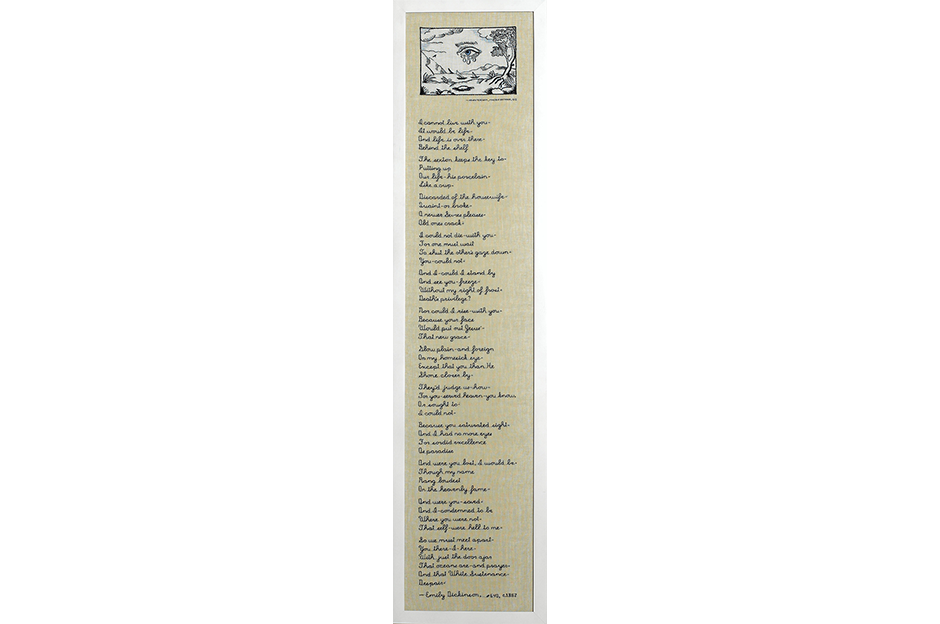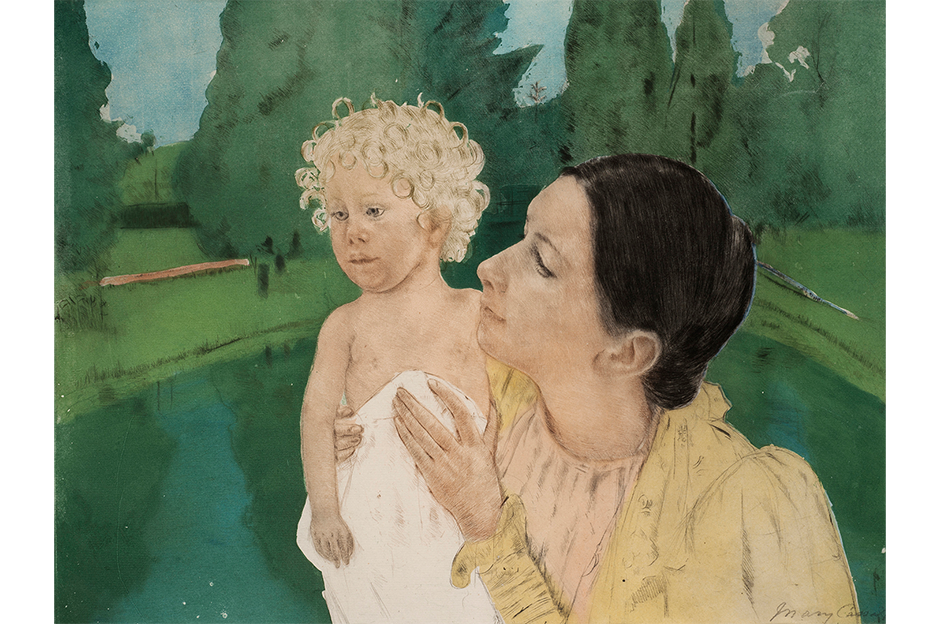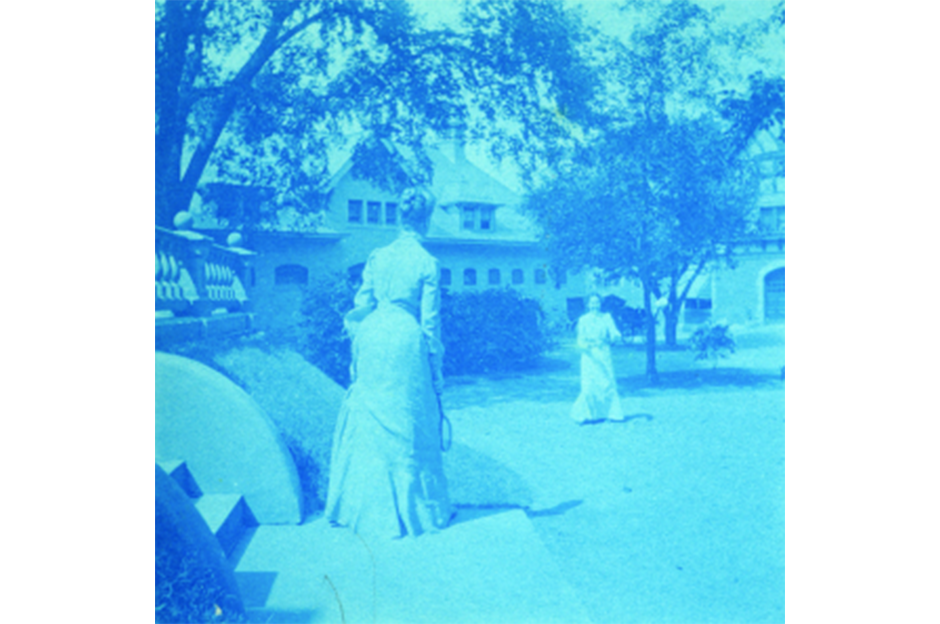The right of citizens of the United States to vote shall not be denied or abridged by the United States or by any State on account of sex. —19th Amendment to the United States Constitution, 1920
Celebrating Suffrage marks the 100-year anniversary of Congress’s ratification of women’s suffrage, the right for American women to vote in all government elections. Overnight, this momentous event enabled the disenfranchised half the population to participate in the electoral process of American democracy.
The Museum of Art honors the dedicated tenacity of suffragists in organizations from the National American Woman Suffrage Association to the Nation Association of Colored Women to gain the rights women exercise today. All of the artwork on view is from the Museum’s collection or was created by women in the full-time PrattMWP faculty. Women found unique creative outlets before and after they were officially recognized as full citizens of the United States. This exhibition explores the role of art as a vehicle for women, as individuals or in groups, to reflect, reform, or challenge social beliefs and political practices of their era.
During the 1800s, social mores banned women from attending public art schools so they found creative pursuits appropriate to their largely homebound circumstances. The works of art on view dating from this period demonstrate the various ways in which women transformed the materials and subjects available to them into works of art. These creative practices historically have been dismissed as minor. But quilting, watercolors, or silhouettes were all-important means of artistic expression for women who had no access to the education or materials required for fine art. Leaping ahead in time to the 1970s, feminist artists embraced traditional women’s art, such as china painting or needlecrafts, and celebrated them as worthy counterparts to painting and sculpture.
Since the early 1900s, opportunities for women in the arts have expanded—more women have enrolled in art schools, more women have become instructors in those programs, more women are exhibiting their work, and more collectors and museums are acquiring works of art by women. Statistically, even if women remain outpaced by men in exposure and in pay, today there are legions of women designers, illustrators, painters, sculptors, printmakers, and videographers who are innovators in the arts.
Celebrating Suffrage examines how women created their place within the larger art community, adding an important vision that has often been overlooked or undervalued. This historic anniversary presents the opportunity to celebrate the contributions to the subject matter, materials, and means of expression that women have made to the visual arts in the United States.
Miranda Hofelt, Curator of 19th-Century American Art
Celebrating Suffrage: Women Artists from the Collection
Photography by Rachel Munson Williams Proctor
Rachel Munson Williams Proctor (1850-1915) was one of the thousands of American women who became what newspapers referred to as “camera fiends.” These fearless photographers soared onto the scene in the 1880s, after George Eastman introduced the Instamatic camera. The inventor marketed his Kodak camera directly to women, and they embraced photography as a way to express their experiences of living in a world filled with social, economic, and technological change.
Rachel and her sister Maria (1853-1935), who inherited their mother’s substantial estate, followed the traditional expectations of upper-class women. At the same time, Rachel’s photographs show independent, educated, fashionable women leading active lives that include sports, charity work, and travel. In the 1890s, these were the signs of what became known as the “New Woman.” Rachel’s photographs suggest she continued a New Woman lifestyle after marrying Frederick Proctor (1856-1929) in 1894. She took pictures of friends and family members playing badminton, gardening, and traveling. Most unusual are Rachel’s “selfies,” in which she photographed her reflection in a variety of mirrors. The angles, poses, and objects create an intimate vision of Rachel’s interior life.










